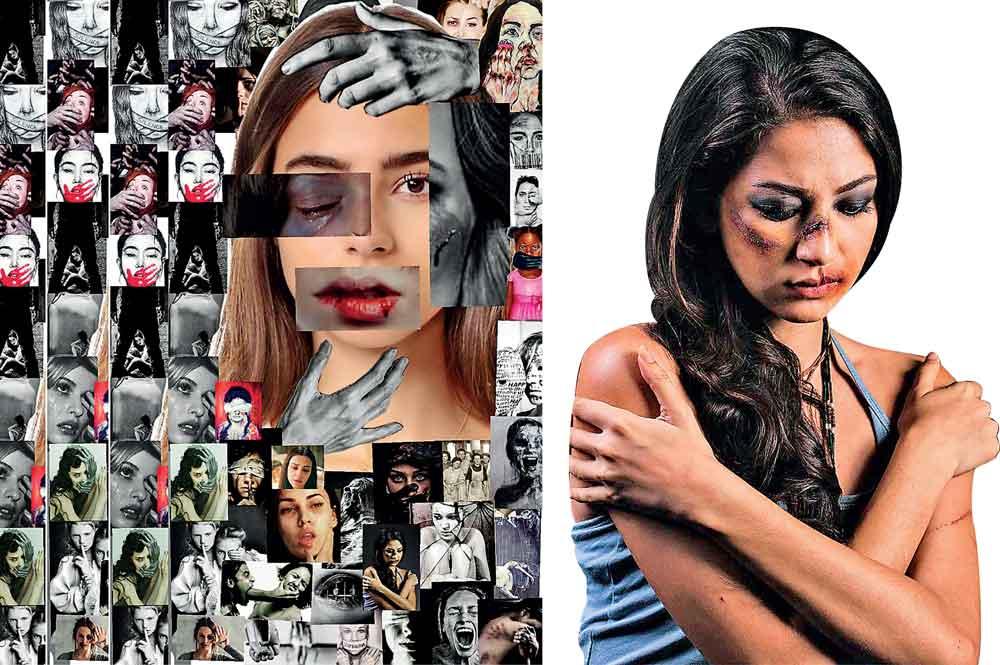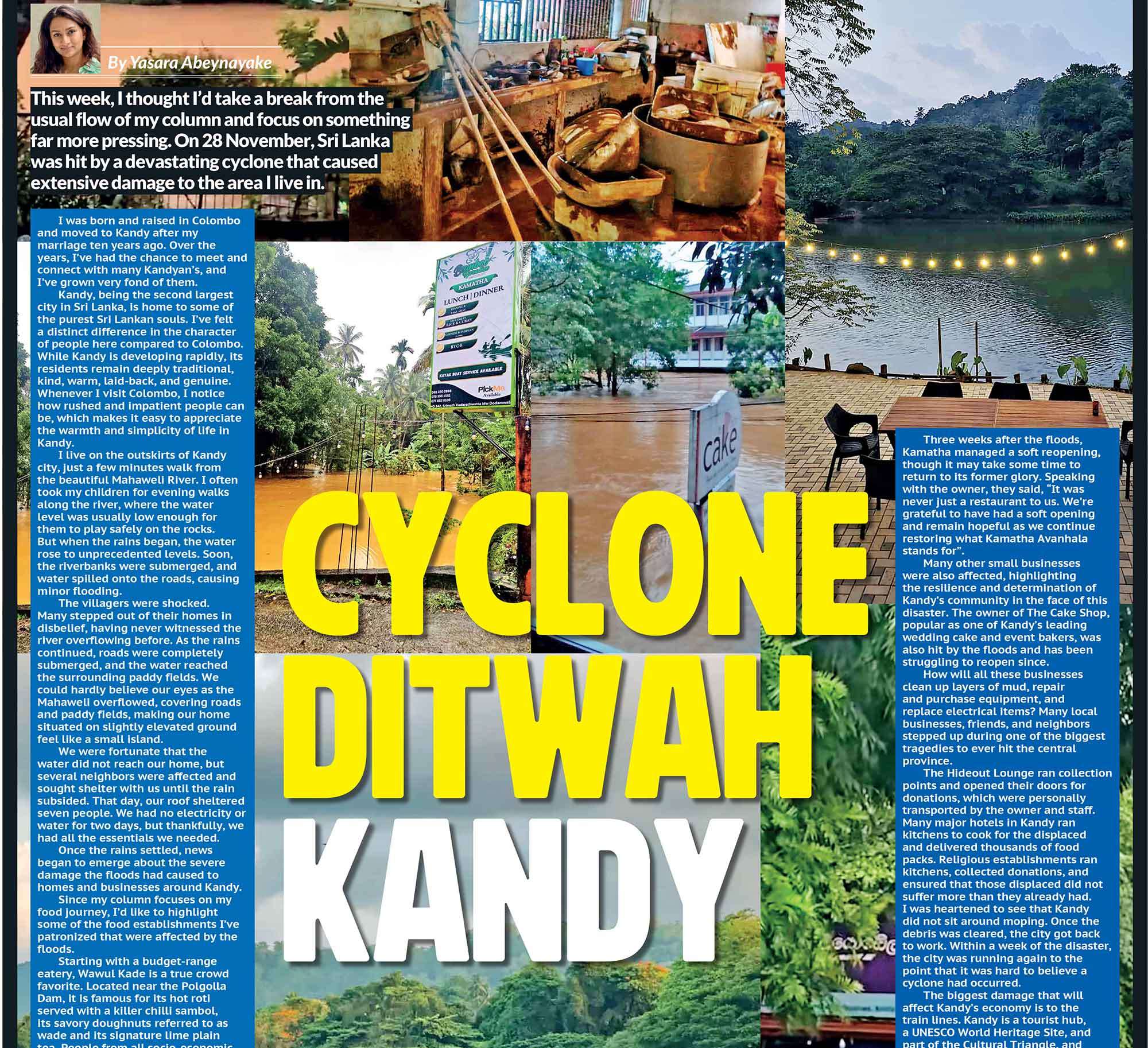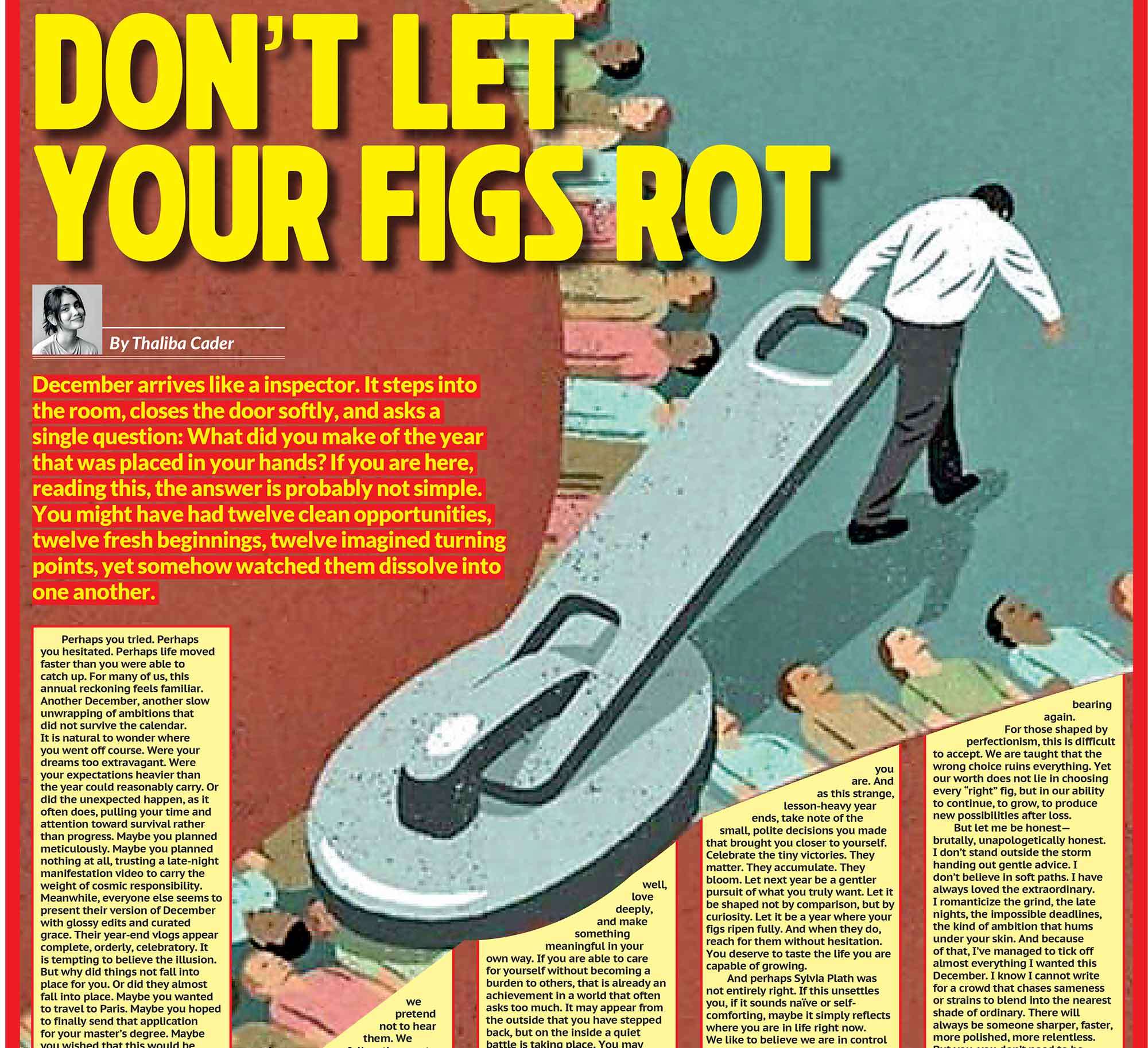
Intimate partner violence (IPV) is often described as a hidden crisis, yet, for millions of adolescent girls across the globe, it is an everyday reality. Recent analyses from international organizations including UNICEF and the World Health Organization (WHO) reveal a disturbing truth: around one in five girls aged 15–19 worldwide have faced recent intimate partner violence. When focusing on girls who have ever been in a relationship, the numbers are even more alarming, nearly one-quarter (24%) in 2024, experience physical or sexual violence from a partner at least once in their lifetime. These findings, published by WHO in The Lancet Child & Adolescent Health, underline a global emergency beginning far too early in young women’s lives.
 Intimate partner violence includes physical harm, sexual abuse, and emotional or psychological manipulation caused by a current or former partner. While boys can also be affected, girls are disproportionately targeted. The persistence of violence against them is rooted in deep societal inequalities. In many communities, harmful beliefs still position women and girls as inferior or subordinate. Rigid expectations that they must always obey, remain loyal, or fulfill traditional roles can lead to violence becoming normalized, and even justified , when they are perceived as failing to meet those expectations.
Intimate partner violence includes physical harm, sexual abuse, and emotional or psychological manipulation caused by a current or former partner. While boys can also be affected, girls are disproportionately targeted. The persistence of violence against them is rooted in deep societal inequalities. In many communities, harmful beliefs still position women and girls as inferior or subordinate. Rigid expectations that they must always obey, remain loyal, or fulfill traditional roles can lead to violence becoming normalized, and even justified , when they are perceived as failing to meet those expectations.
WHO’s data highlights that almost 19 million adolescent girls who have been in a relationship will experience intimate partner violence before they even reach the age of 20. Shockingly, one in six (16%) have faced such abuse within just the past year. Dr. Pascale Allotey, Director of WHO’s Sexual and Reproductive Health and Research Department, emphasizes the urgency: violence during adolescence can cause profound and lifelong harm and must be recognized as a pressing public health issue.
The consequences of partner violence ripple throughout a young person’s life. From a health standpoint, survivors face higher risks of physical injuries, mental health disorders such as depression and anxiety, unplanned pregnancies, and sexually transmitted infections. Their education may be disrupted, limiting career opportunities and future independence. The trauma they experience can also influence future relationships, creating patterns that are difficult to break without support.
Geography and income heavily influence the likelihood of abuse. While IPV affects adolescent girls everywhere, WHO estimates reveal significant regional disparities. Some of the highest rates are found in Oceania (47%) and Central Sub-Saharan Africa (40%), whereas lower prevalence is seen in Central Europe (10%) and Central Asia (11%). Country-to-country differences are extreme, from as low as 6% in Georgia to 49% in Papua New Guinea. These variations reflect the intersections between gender inequality, poverty, education levels, and harmful social practices.
One of the strongest risk factors identified is child marriage. When girls are married before turning 18, the power imbalance between spouses often becomes severe. Younger brides are more socially isolated, financially dependent, and less able to seek assistance, conditions that increase vulnerability to lifelong abuse. Similarly, countries with lower female secondary school enrollment and weaker gender-equal property or inheritance rights show higher violence rates. Education and economic autonomy are therefore crucial tools for protection.
This growing body of evidence reinforces a clear message: adolescent girls need targeted protection, support services, and prevention efforts. School-based programmes that teach healthy relationship dynamics, stronger legal frameworks that uphold girls’ rights, and accessible avenues for survivors to seek safety are essential. But long-term solutions require wider societal transformation, dismantling gender norms that tolerate abuse, empowering girls to control their futures, and ensuring equality within households, communities, and national systems.
 The issue of intimate partner violence is also a serious concern in Sri Lanka. National surveys indicate that among ever-partnered women, around one in five (20.4%) have experienced physical and/or sexual violence in their lifetime, with nearly a quarter reporting abuse since the age of 15. While precise statistics for adolescent girls aged 15–19 are limited, global trends and local data suggest that young girls in Sri Lanka are particularly vulnerable, especially in contexts of early marriage, economic dependency, or unequal gender norms.
The issue of intimate partner violence is also a serious concern in Sri Lanka. National surveys indicate that among ever-partnered women, around one in five (20.4%) have experienced physical and/or sexual violence in their lifetime, with nearly a quarter reporting abuse since the age of 15. While precise statistics for adolescent girls aged 15–19 are limited, global trends and local data suggest that young girls in Sri Lanka are particularly vulnerable, especially in contexts of early marriage, economic dependency, or unequal gender norms.
As noted by WHO technical expert Dr. Lynnmarie Sardinha, ending gender-based violence demands policies that genuinely advance women’s and girls’ rights, from universal access to education and legal equality to ending harmful practices like child marriage. Only then can every girl grow and thrive without fear.
This article uses information provided by the World Health Organization (WHO) and UNICEF
By bringing these realities to light, this article aims to shift both awareness and action. Intimate partner violence against adolescent girls must no longer be dismissed as a “private matter” or an inevitable part of growing up. We need societies that recognize young women’s voices, value their rights, and protect their safety.
More conversations should take place in schools, homes, and communities so that harmful norms are challenged early. Policies must be strengthened to ensure that girls have access to education, legal protection, and economic independence, the foundations of a violence-free future. And these protections must extend not only in developed countries, but across every region of the world, especially where girls face greater risks and fewer opportunities. Only when global efforts reach those who are most vulnerable can we hope to end the cycle of violence and allow every girl to grow up with dignity, equality, and safety. Every Girl Deserves a Safe Tomorrow.












